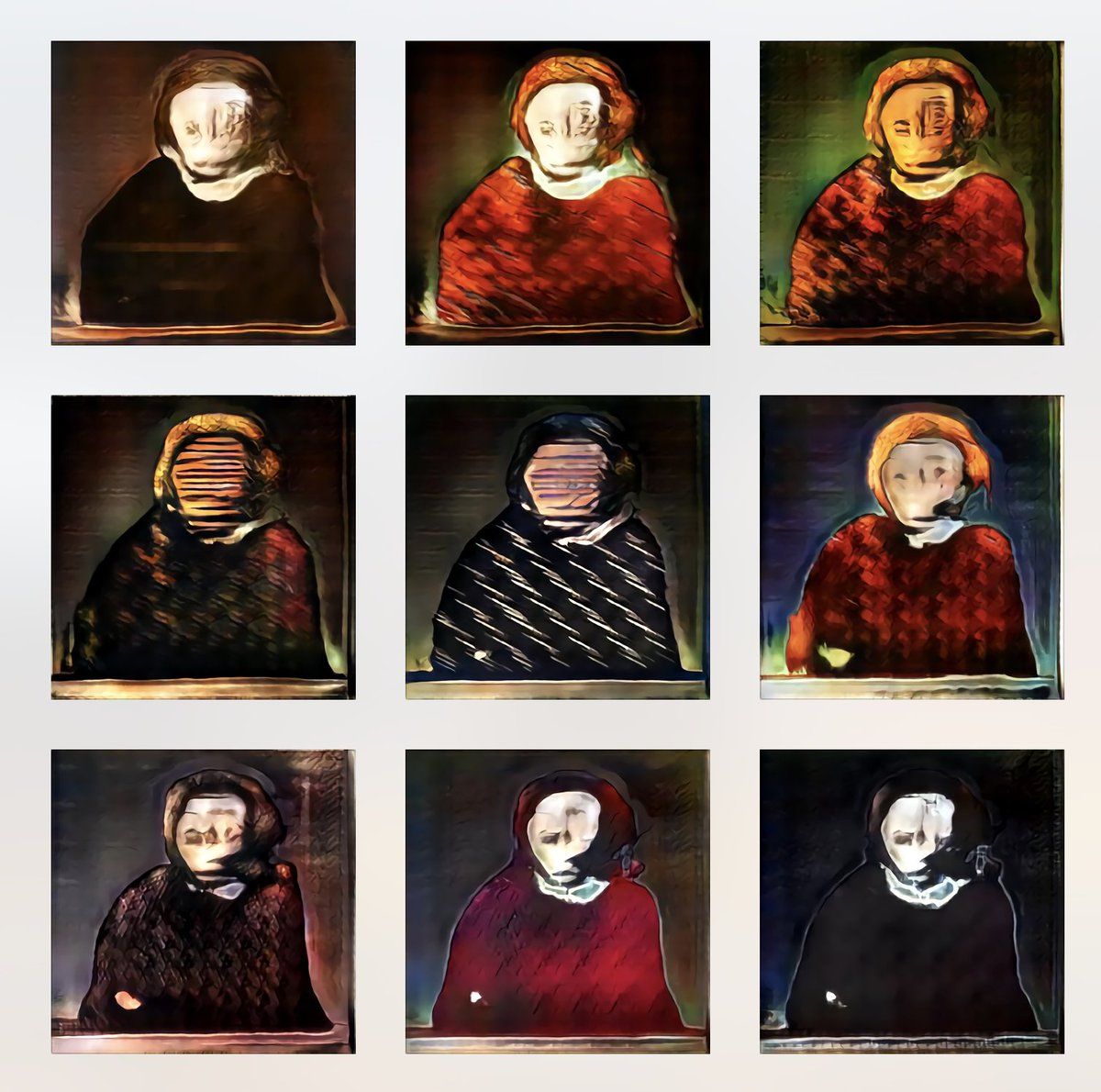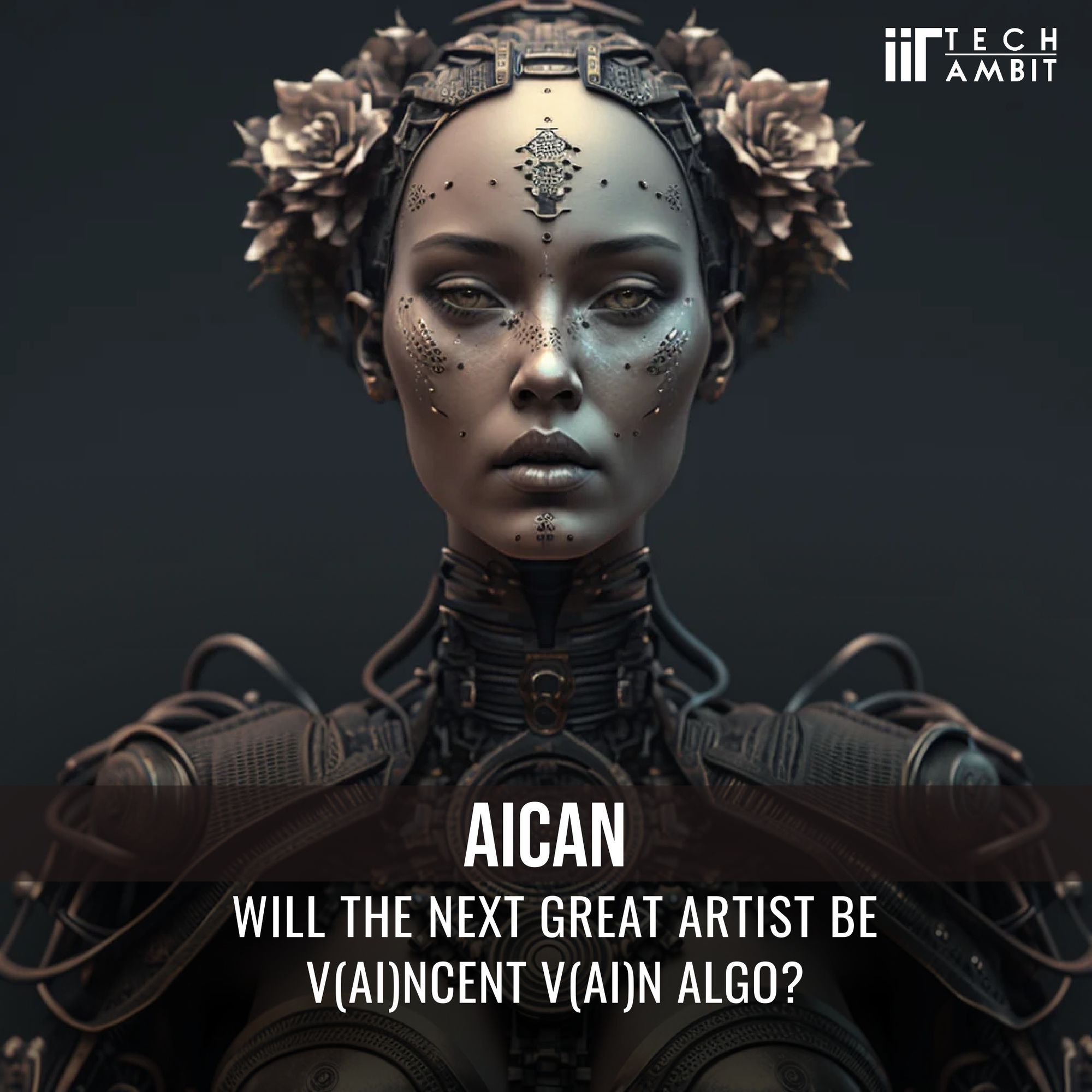As Artificial Intelligence (AI) and robots are constantly becoming a larger part of our lives, the only thing that we tell ourselves stands between a terminator-esque nightmare and our current reality is the ‘fact’ that AI cannot be creative. So, for all those poor, unfortunate souls who had pinned their hopes on the inability of Artificial Intelligence to simulate the creative process, now might be the time to stock up on canned food and to find a bunker.
This is because researchers at the Rutgers’ Art and AI lab have created AICAN (Where CAN stands for Creative Adversarial Networks), an algorithm that is a step forward in simulating the creative process. Now before we talk about the algorithm, one needs to think about how art is created and what constitutes creativity. Creativity is generally associated with novelty and with an element of surprise. Things or ideas we call creative are often the ones that appeal to us and surprise us with their simplicity or because they are something we haven’t seen before.
So, the first goal that the algorithm has is to create something which is novel, which breaks away from the current trends. However, creating something that appears completely unfamiliar will only scare viewers away - after all, we only like things that we feel we can understand. So, the second goal is to create something that also takes inspiration from previous works of art. The key to AI generated artwork therefore lies somewhere between these two.
This is exactly what AICAN capitalises on. In the words of the lead researcher, Ahmed Elgammal, “The machine is trained between two opposing forces—one that urges the machine to follow the aesthetics of the art it is shown (minimising deviation from art distribution), while the other force penalises the machine if it emulates an already established style (maximising style ambiguity).” This is called the ‘least effort principle’ and is a part of the psychologist Colin Martindale’s theory. This helps create work that is not only novel, but is also something that viewers can connect with and appreciate. In other words, art.
What makes AICAN’s art different from other artworks created using AI (generally using GANs - Generative Adversarial Networks) is that while in GANs the artist curates and ‘feeds’ an aesthetic to the algorithm which it then imitates, AICAN is fed works from different periods in art history without focussing on a particular aesthetic. So, while in GANs the artist has a significant influence on the final work, in AICAN, the algorithm chooses the style, subject, forms, composition, textures and colours, therefore indicating creative agency.
Alright, understood, this AI is creative and all, but surely we can tell the difference between art generated by computers and that by actual humans, right? RIGHT? Well, turns out we can’t (at least 75% of us). In fact, to add salt to the wound, people actually enjoyed the art that was created by AICAN, with some describing it as “intentional”, “having visual structure”, “inspiring” and “communicative”. While I do realise that had I been put on the spot and asked to describe a piece of art, I would probably have chosen very similar phrases to circumvent actually sharing my non-existing opinion, it is still a very chilling (and to be honest, interesting) finding. Now, if you want to see whether you’ll be able to recognise AI generated art in case robots take over, I’ve added 4 images, two generated by humans, and 2 by AICAN. You can try and guess which one belongs to which.

Are we then looking at a future in which AI replaces human artists? In which we stand in large virtual galleries looking at works created by computers, admiring our own genius while our robot servants plot a complete takeover? No, of course not. At least not the part about AI completely replacing human artists. Because, you see, we have something that computers don’t - the ability to derive inspiration from our lived experiences and relationships and to use art to tell a story. While AI can now generate art that is appealing to humans, it is left to the curators (those controlling the algorithm) and to the viewers to derive a story out of it, to make it mean something. For example, when AICAN created a series of distorted portraits, the researchers at Rutgers turned them into a series called “Alternative Facts : The Multi Faces of Untruth” because that is what the work communicated to them. So, while AI may be useful in replacing mass produced art (art which uses some common elements to make aesthetically pleasing pieces) it will still not be able to replace art in its essence. Instead, the creator Elgammal hopes that it will become a medium - that in the future, artists will work in partnership with AICAN to create visually stunning and meaningful artworks.
Now that is a future I look forward to.

P.S. The paintings are in the following order:
- Last Hope by AICAN 2022
- Untitled by Mark Rothko
- Unity Rising by AICAN 2022
- Order and Randomness by Piet Mondrian
Congratulations if you got them right! You’ll… well there’s no material benefit but good going!

